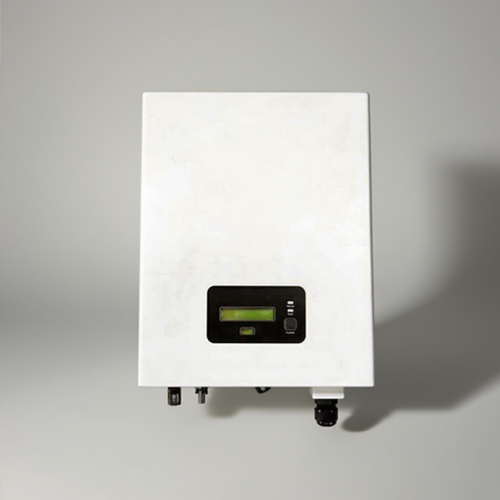Essential details
Shipping:Air freight, Land freight, Ocean freight
Product Introduction
Grid-Connected Solar Inverter Overview
1. Basic Functions and Structure
A grid-connected solar inverter is the core device that converts the direct current (DC) generated by photovoltaic modules into alternating current (AC) synchronized with the grid. Its output must meet grid voltage, frequency, and phase requirements. The main components include:
1. Basic Functions and Structure
A grid-connected solar inverter is the core device that converts the direct current (DC) generated by photovoltaic modules into alternating current (AC) synchronized with the grid. Its output must meet grid voltage, frequency, and phase requirements. The main components include:
- DC Input Circuit: Connects to the photovoltaic array and supports a wide voltage range (e.g., 220V to 450V).
- Main Inverter Circuit: Converts DC to AC using power devices (e.g., IGBTs), producing a sine wave to minimize harmonic distortion.
- Filter and Output Circuit: Filters out high-frequency interference to ensure the current waveform meets grid connection standards.
- Control and Protection Circuit: Enables functions such as Maximum Power Point Tracking (MPPT), islanding protection, and automatic grid connection/disconnection.
2. Main Types
- Centralized Inverter: High power (e.g., 320 kW), suitable for large-scale power plants, with high efficiency but low flexibility.
- String Inverter: Modular design (e.g., 5 kW to 20 kW), suitable for distributed rooftop systems, supporting multi-MPPT.
- Microinverters: Module-level inverters (e.g., 215W), high safety, single-module failure does not affect the overall system.
3. Core Features
- High-efficiency conversion: Conversion efficiency ≥98%, some models support over 99%.
- Smart grid connection: Automatically detects grid status and achieves seamless switching.
- Multi-input: Some models are compatible with energy storage batteries or generators.
- Residential PV: String inverters or microinverters to reduce electricity bills and sell excess power.
- Commercial and Industrial Power Plants: Central inverters for high-power output.
- Grid Assistance: Participate in peak shaving and frequency regulation to enhance grid stability.
5. Selection Criteria
- Power Matching: Select based on installed capacity (e.g., 5 kW for residential, 100 kW for commercial/industrial).
- Certification Standards: Must pass safety certifications such as CE and UL.
- Communication Features: Supports remote monitoring (e.g., WiFi/4G).
